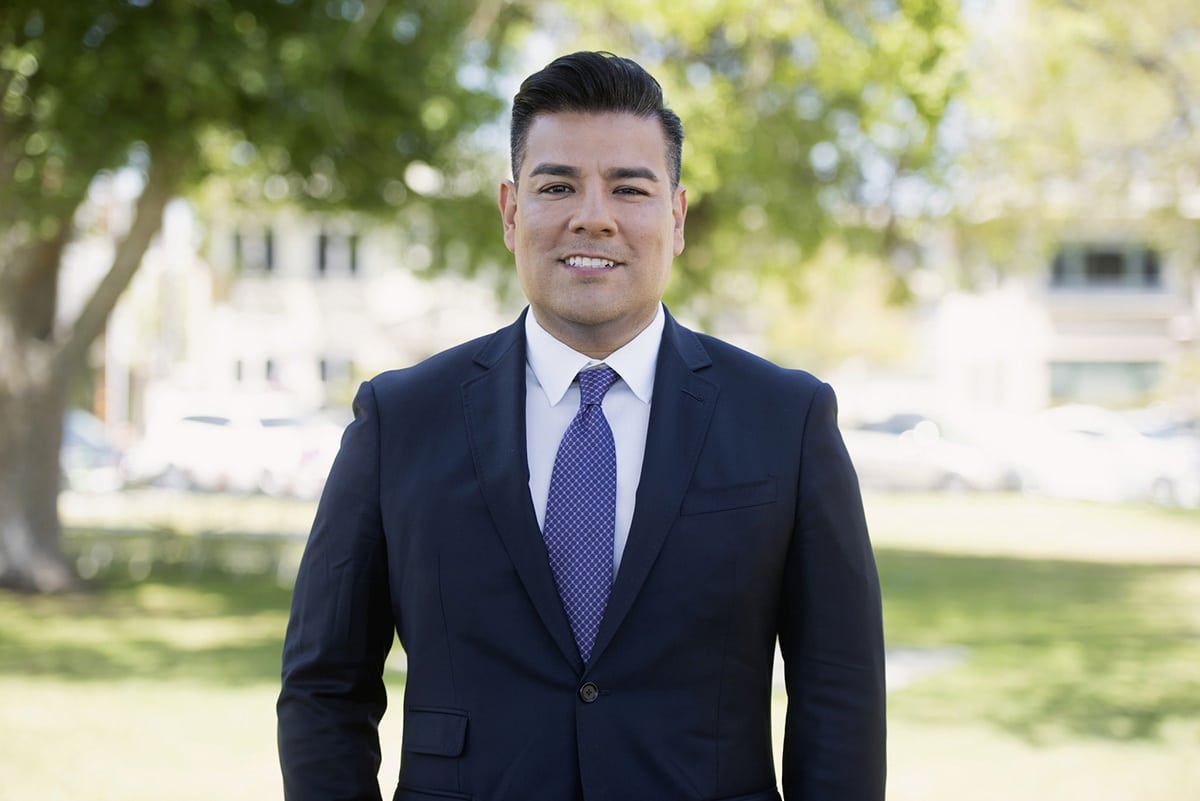California’s insurance market is in crisis, with rising premiums, dwindling coverage, and some companies exiting the state altogether. At a recent CalMatters event, California Insurance Commissioner Ricardo Lara discussed his plan to address the crisis and restore stability to the market. Here’s what insurance professionals need to know.
Grants to Help Homeowners Protect Their Properties
One of Lara’s key proposals is introducing a state grant for low- and middle-income homeowners who invest in protecting their properties from wildfires. Despite the hefty costs homeowners face in wildfire-proofing their properties, the savings on insurance premiums have often been minimal. This grant would provide financial support and incentivize more residents to safeguard their homes, potentially reducing insurance losses and mitigating risks for insurers.
- Grants would target low- and middle-income homeowners
- Intended to help offset the high costs of fireproofing properties
- Aims to encourage broader wildfire risk mitigation efforts
Addressing the Rate Review Backlog
Lara acknowledged a significant challenge in California’s insurance market—an 18-month backlog for rate reviews. Insurers often face long delays when submitting rate hikes, which can result in rates becoming outdated by the time they’re approved. To address this, Lara’s plan involves speeding up the state’s rate review process to 60 days.
- Current backlog extends review times up to 18 months
- Plan aims to reduce delays and ensure rates reflect current risk levels
- Faster reviews could prevent insurers from immediately resubmitting new rate requests
Allowing Catastrophe Modeling in Rate Setting
Another crucial aspect of Lara’s plan is the introduction of catastrophe modeling, which would allow insurers to incorporate projected losses from wildfires and other natural disasters when setting rates. While most states already use this modeling, California’s insurance market has relied solely on historical data, limiting insurers’ ability to account for future risks.
- Insurers can use data like frequency, severity, and damage from disasters
- Modeling provides a more accurate reflection of future risks
- Implementation starts next year, with safeguards for data transparency
Expanding the FAIR Plan
The FAIR Plan, designed as a last resort for homeowners unable to secure coverage through the private market, has grown to include 400,000 policies. Lara plans to raise coverage limits under the plan, ensuring that homeowners relying on this option have adequate protection against wildfires.
- The FAIR Plan currently offers minimal coverage for wildfires
- Coverage limits are set to increase under Lara’s plan
- FAIR Plan enrollment has surged as private insurers pull back from the market
Addressing Industry Concerns
While Lara is confident in his approach, consumer groups and some of his predecessors as insurance commissioner have raised concerns that the plan may favor insurers over consumers. One of the main criticisms is that Lara’s proposals don’t require insurers to address climate change within the regulatory framework. However, Lara insists his immediate goal is to stabilize the market and encourage insurers to return to the state, with future conversations to address other issues like climate change.
- Concerns exist about the plan favoring insurers
- Climate change regulations are not included in the current proposals
- Lara emphasizes market stabilization as the immediate focus
Conclusion: A Multi-Pronged Approach
Ricardo Lara’s strategy to resolve California’s insurance crisis hinges on a combination of faster rate reviews, the introduction of catastrophe modeling, and expanding support for wildfire mitigation efforts. While some challenges remain, particularly regarding consumer protections and climate change, Lara is confident his plan will restore stability to California’s insurance market.












